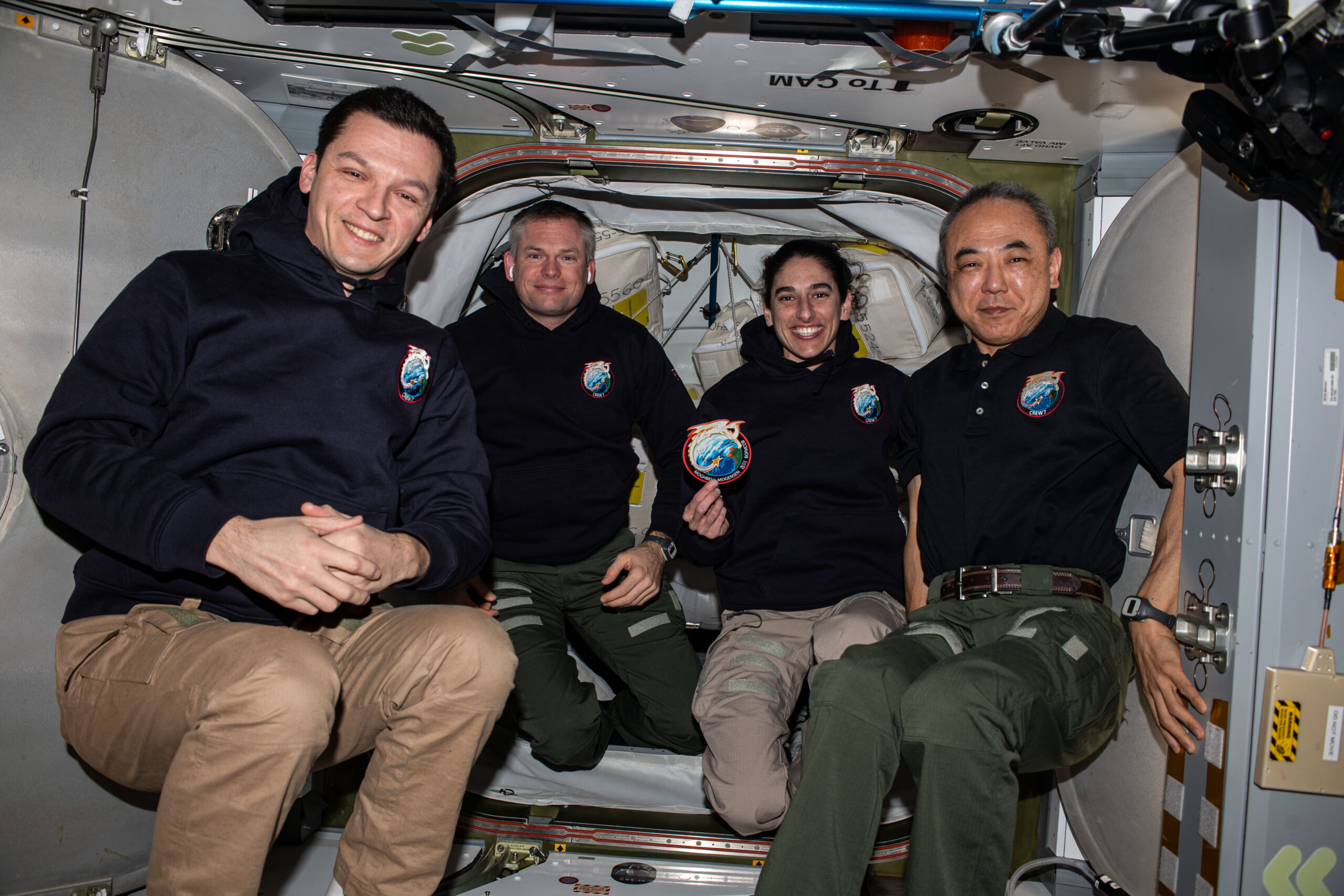
After more than six-and-a-half months aboard the International Space Station (ISS), Dragon Endurance is safely home, following the 5:47 a.m. EDT Tuesday splashdown of Crew-7’s Jasmin Moghbeli, Andreas Mogensen, Satoshi Furukawa and Konstantin Borisov in the Gulf of Mexico, off the coast of Pensacola, Fla. Theirs was the first Crew Dragon mission to represent four nations—Moghbeli of the United States, Mogensen from Denmark, Furukawa of Japan and Russia’s Borisov—and closing after 199 days, two hours and 19 minutes, 3,184 orbits of Earth and 84.4 million miles (135.8 million kilometers) traveled, it fell 15 hours short of Crew-2’s November 2021 record for the longest single voyage by any U.S. crew-carrying spacecraft.
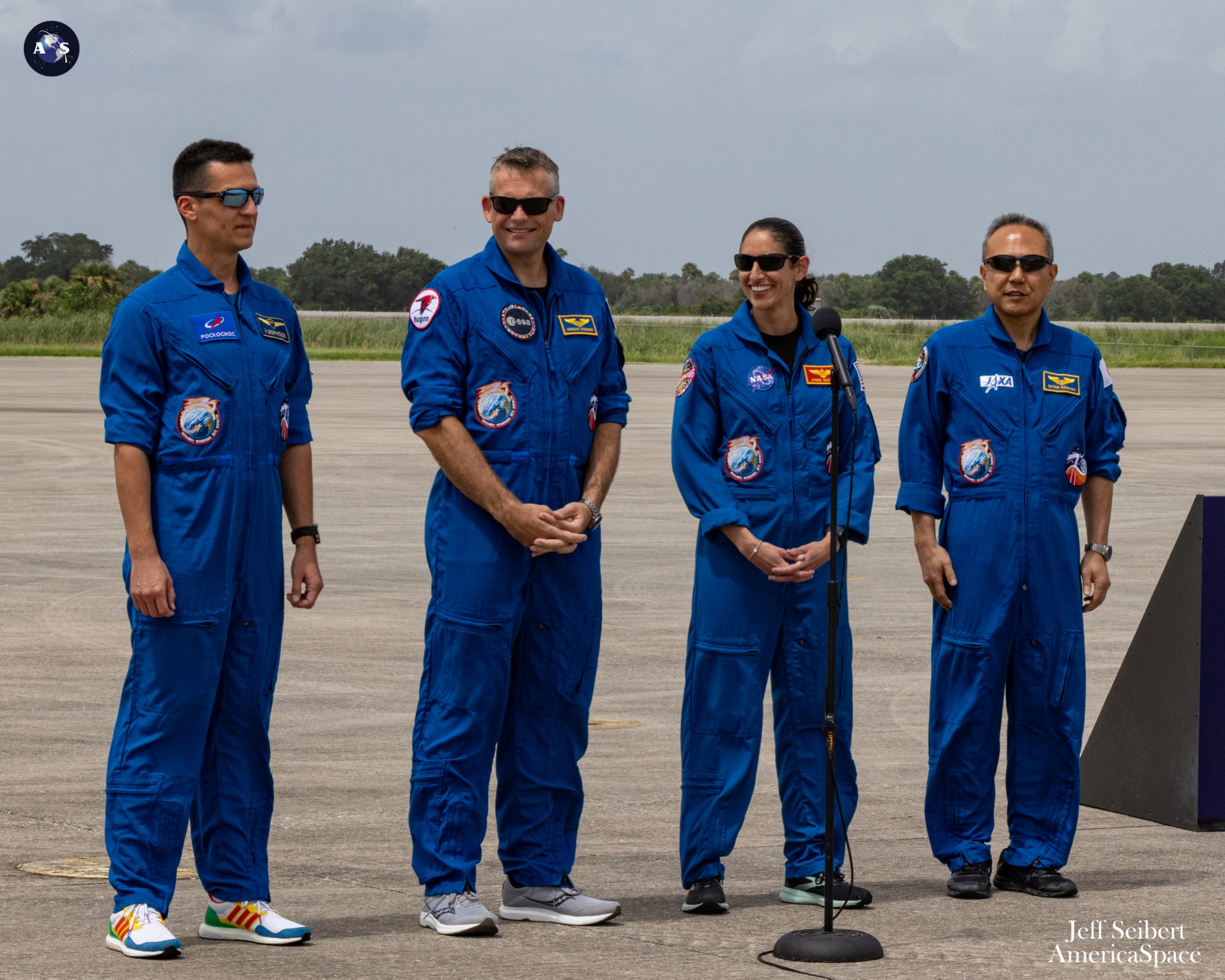
“This international crew showed that space unites us all,” said NASA Administrator Bill Nelson. “It’s clear that we can do more—we can learn more—when we work together. The science experiments conducted during their time in space will help prepare for NASA’s bold missions at the Moon, Mars and beyond, all while benefiting humanity here on Earth.”
During their long stay in space, Mogensen of the European Space Agency (ESA) became the first Dane to command the space station, whilst Furukawa becomes the second Japan Aerospace Exploration Agency (JAXA) astronaut after Koichi Wakata to record more than a cumulative year off the planet. His 366 days over two long-duration ISS increments puts him in 52nd place on the world’s list of most experienced space travelers, with Mogensen returning to Earth after 209 days across his own pair of missions and Moghbeli and Borisov wrapping up the rookie flights of their careers.
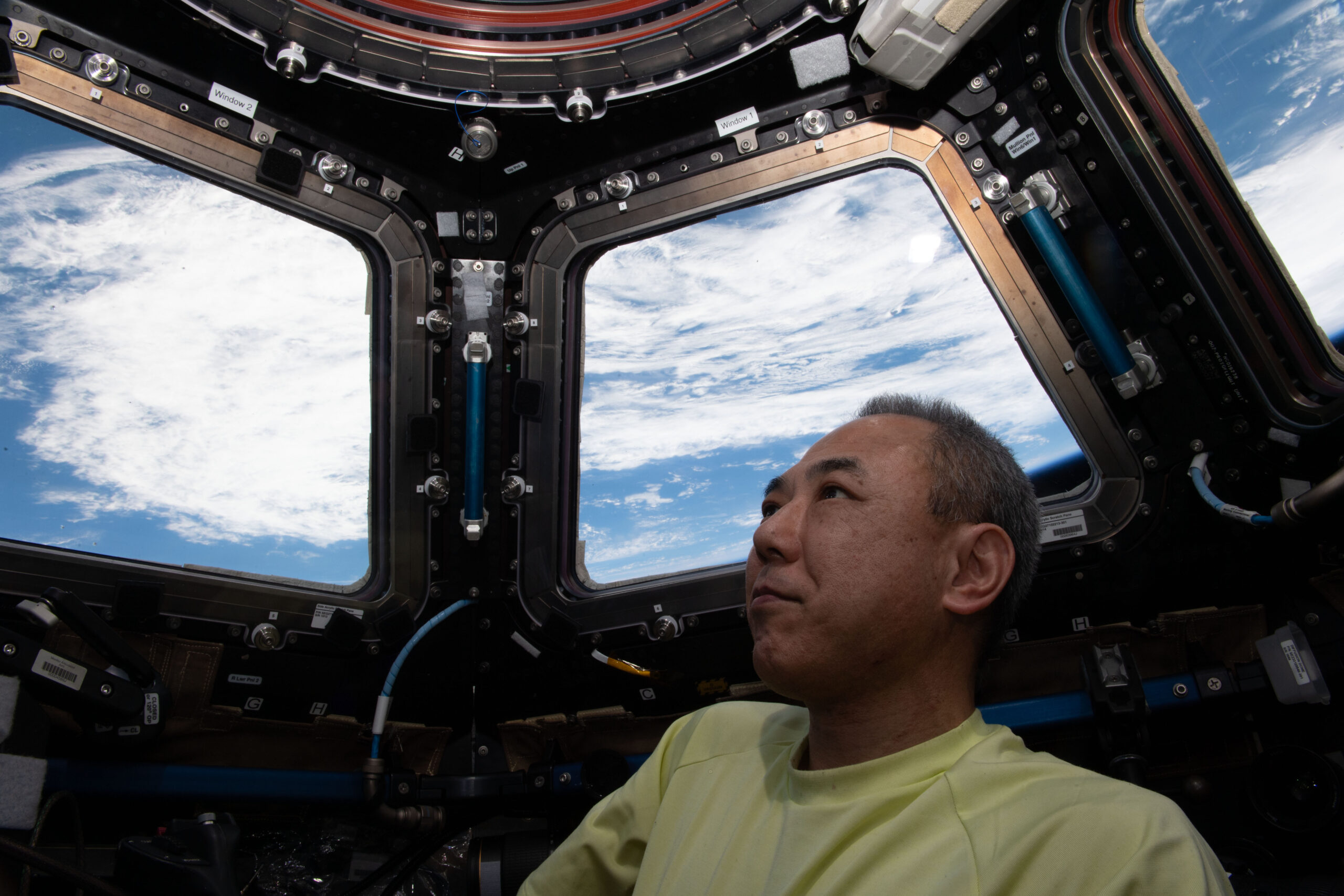
And not to be outdone, their trusty ship, Endurance, completed her third (and longest) trek to the ISS, tallying over 532 days in space when one counts Crew-7 and her two prior station visits in support of Crew-3 between November 2021 and May 2022 and more recently Crew-5 between October 2022 and last March. She now sits ahead of her sister, the recently-launched Dragon Endeavour, which as of Tuesday has accrued over 474 days across her own five missions and will retake the lead in early May.
Crew-7 launched at 3:27 a.m. EDT last 26 August, rising atop a SpaceX Falcon 9 booster from historic Pad 39A at Florida’s Kennedy Space Center (KSC) and lofting Moghbeli, Mogensen—the first non-U.S. citizen to serve as pilot of a U.S. crewed vehicle—Furukawa and Borisov on their 30-hour voyage to reach the ISS. They docked autonomously at the station at 9:16 a.m. EDT on the 27th and after hatch opening at 10:58 a.m. EDT the newcomers folded into the incumbent Expedition 69, commanded by veteran Russian cosmonaut Sergei Prokopyev.
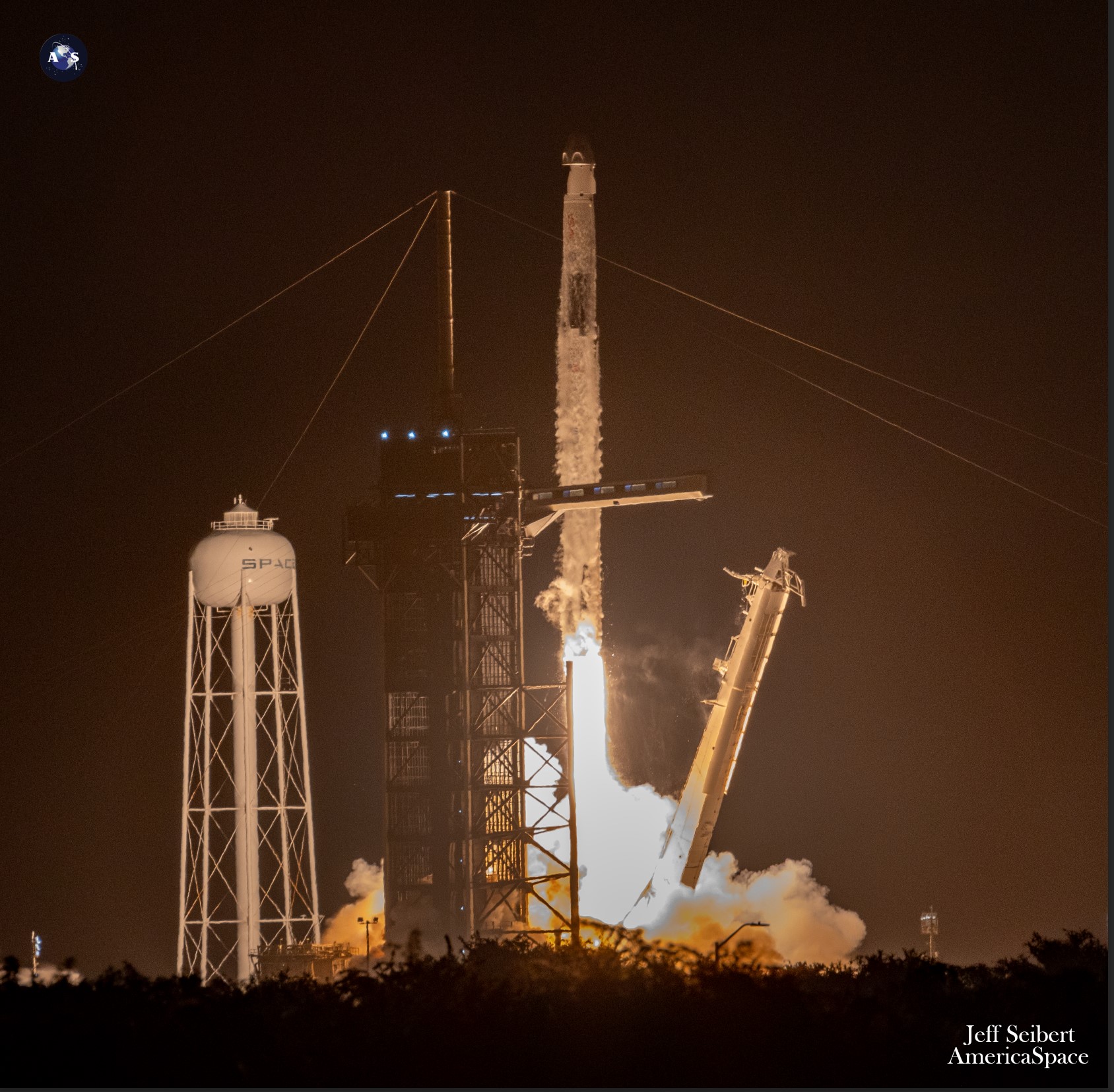
After a week-long operational handover, their Crew-6 predecessors—NASA astronauts Steve Bowen and Warren “Woody” Hoburg, Russian cosmonaut Andrei Fedyayev and Sultan Al-Neyadi of the United Arab Emirates (UAE)—departed in Dragon Endeavour and returned to Earth, wrapping up 185 days in space. And in mid-September, Soyuz MS-24 arrived with Russia’s Oleg Kononenko and Nikolai Chub, plus NASA astronaut Loral O’Hara, to replace the outgoing Prokopyev, Dmitri Petelin and record-setting Frank Rubio, who returned home in late September aboard Soyuz MS-23 after 371 days in orbit.
With a new crew in place, Expedition 70 formally commenced last 26 September under the command of Mogensen, who became the seventh ESA astronaut and the first Dane to helm the sprawling orbital complex. “A dream come true,” Mogensen recently tweeted, “where I got to live and work on the International Space Station for more than six months, conducting science from Denmark, Europe and the world in areas like our immune system, water filtration, virtual reality and how we sleep on the space station.”
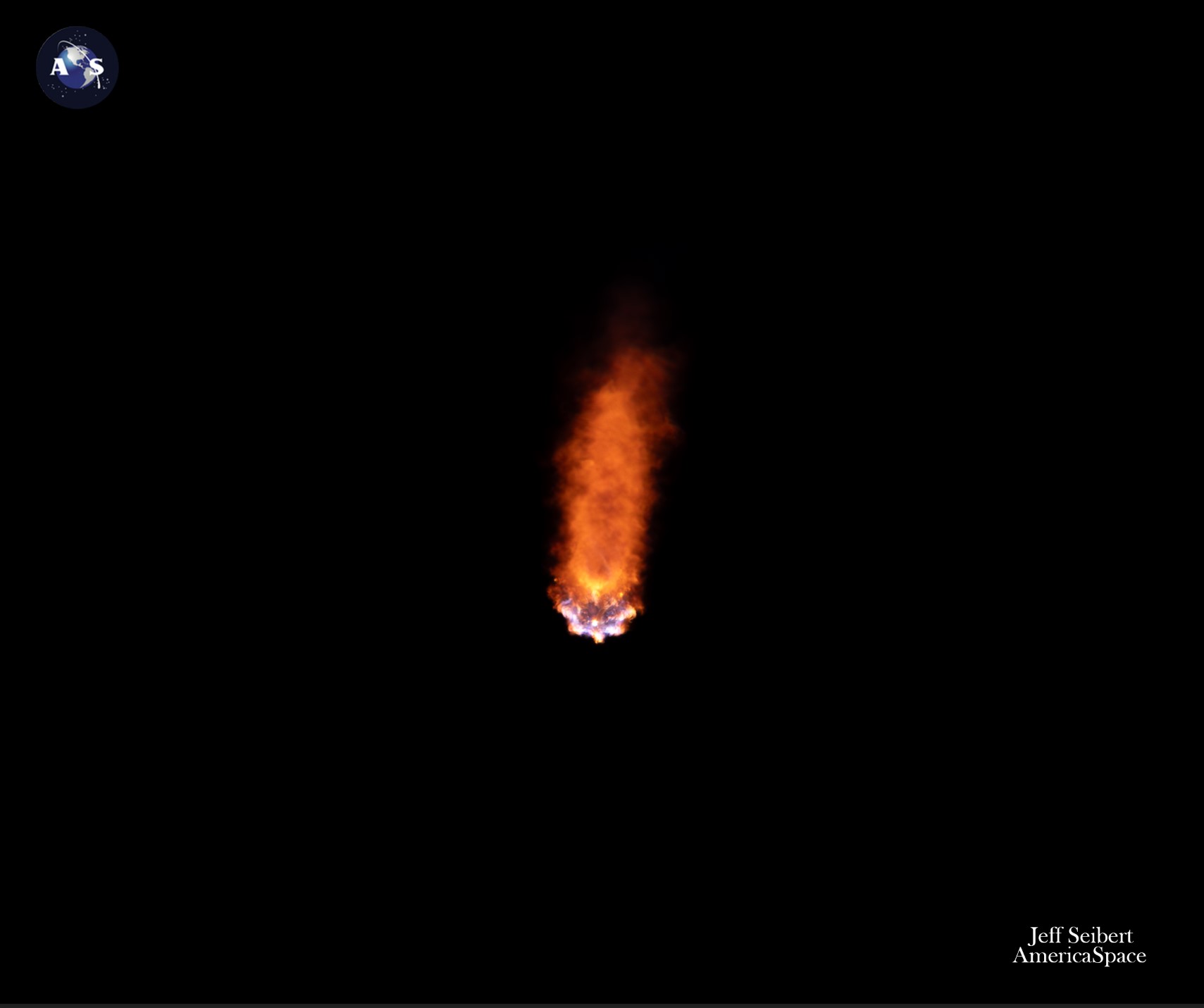
But what did not come Mogensen’s way, sadly, was the opportunity to perform a spacewalk. Original plans called for two U.S. sessions of Extravehicular Activity (EVA) on 12 and 20 October 2023, the first by O’Hara and Mogensen to retrieve microbial specimens and replace a high-definition external camera and the second by O’Hara and Moghbeli to remove a faulty Radio Frequency Group (RFG) electronics box from a communications antenna bracket and replace one of 12 Trundle Bearing Assemblies (TBAs) on the port-side Solar Alpha Rotary Joint (SARJ).
Unfortunately, on 9 October flakes of debris were observed emanating from one of two radiators on Russia’s Nauka (“Science”) lab, indicative of a coolant leak. Although the leak ceased within a couple of days, NASA elected to postpone both EVAs until no sooner than 19 and 30 October, pending a review of data and video associated with the incident.
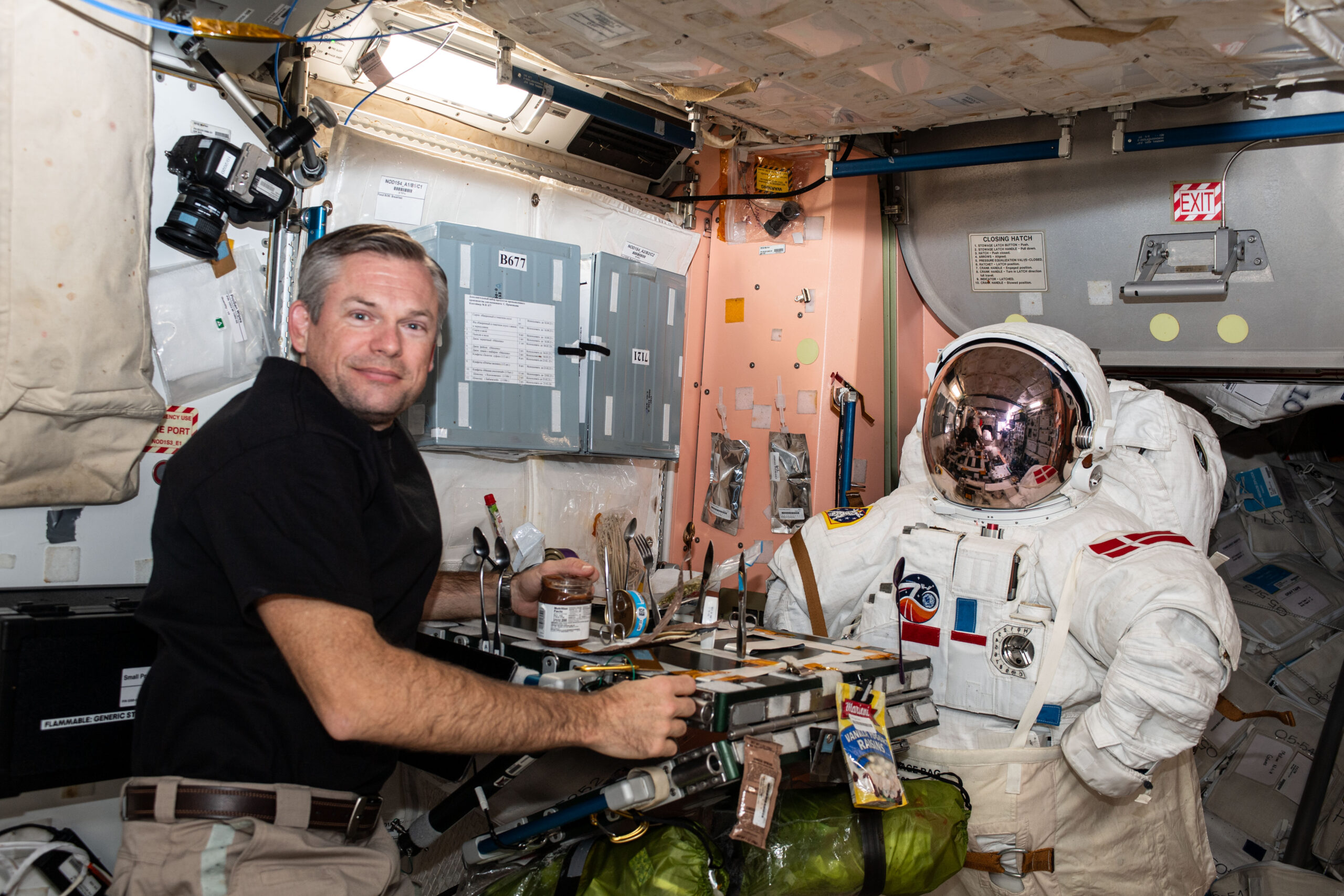
In the meantime, on 16 October the first of the two spacewalks, by O’Hara and Mogensen, was postponed initially until December and eventually into 2024, with NASA officials noting that its tasks were not time-critical. The second spacewalk, by Moghbeli and O’Hara, was later moved to 1 November to permit additional preparation time.
By this stage, Kononenko and Chub performed a Russian-based EVA on 25 October, during which they spent seven hours and 41 minutes outside the ISS inspecting and photographing the troubled radiator, deploying a tiny nanosatellite and installing a synthetic radar communications system, one of whose panels could not be fully unfurled. For their part, Moghbeli and O’Hara—both making the first EVAs of their respective careers—logged six hours and 42 minutes in the vacuum of space.
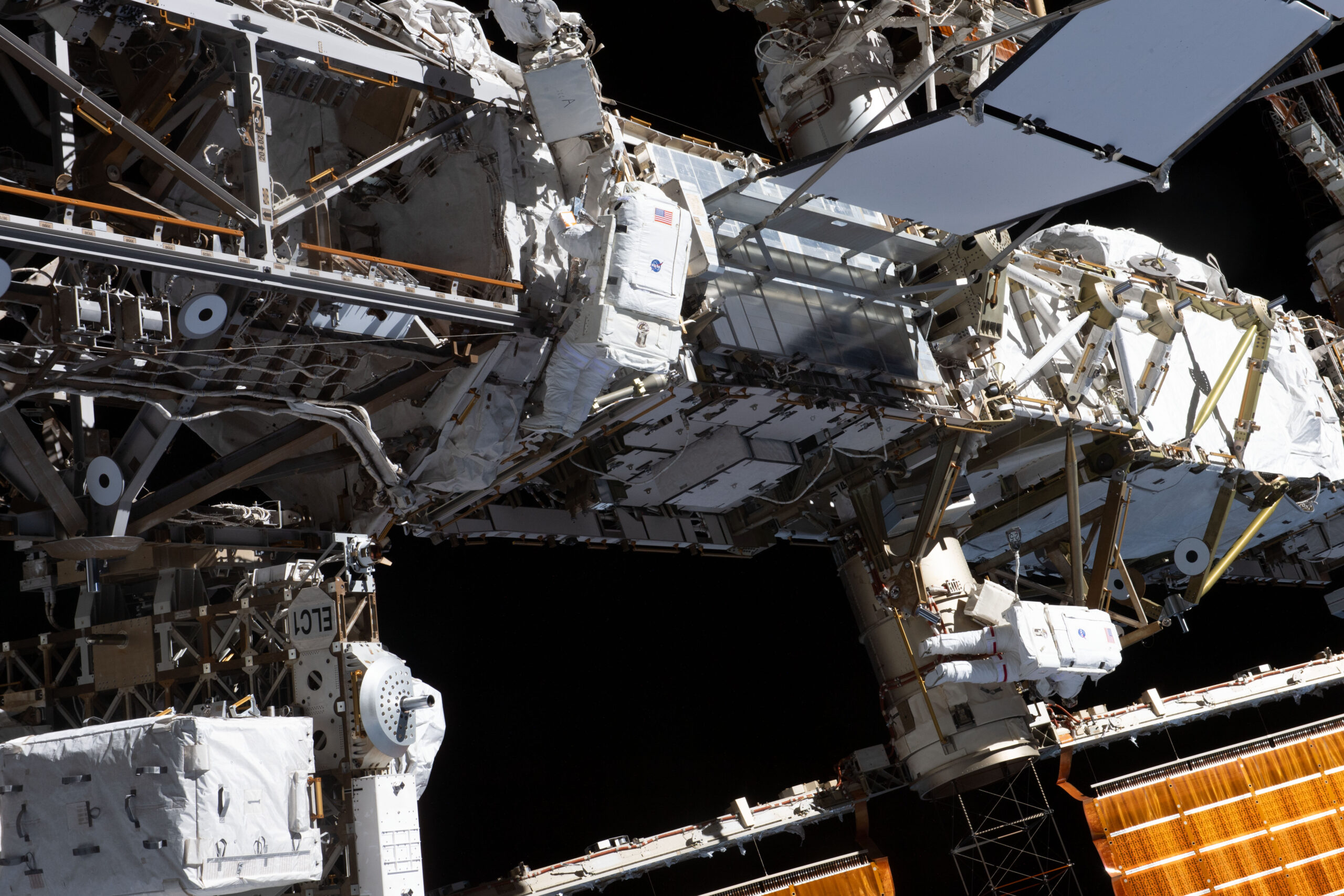
Theirs was only the fourth all-female spacewalk in history, following three prior EVAs by Expedition 61’s Christina Koch and Jessica Meir between October 2019 and January 2020. During their time outside, Moghbeli and O’Hara replaced the TBA but ran out of time to complete the RFG task, which has been deferred to Expedition 71.
November saw the arrival of SpaceX’s CRS-29 Cargo Dragon mission, laden with over 6,500 pounds (2,950 kilograms) of equipment, payloads and supplies, which spent a month docked at the station before returning to Earth on 22 December. And at the end of January, for the first time a Falcon 9 launched a Northrop Grumman Corp. Cygnus cargo ship with more than 8,200 pounds (3,700 kilograms) of research covering disciplines including robotic surgery, cartilage tissue growth and semiconductors.
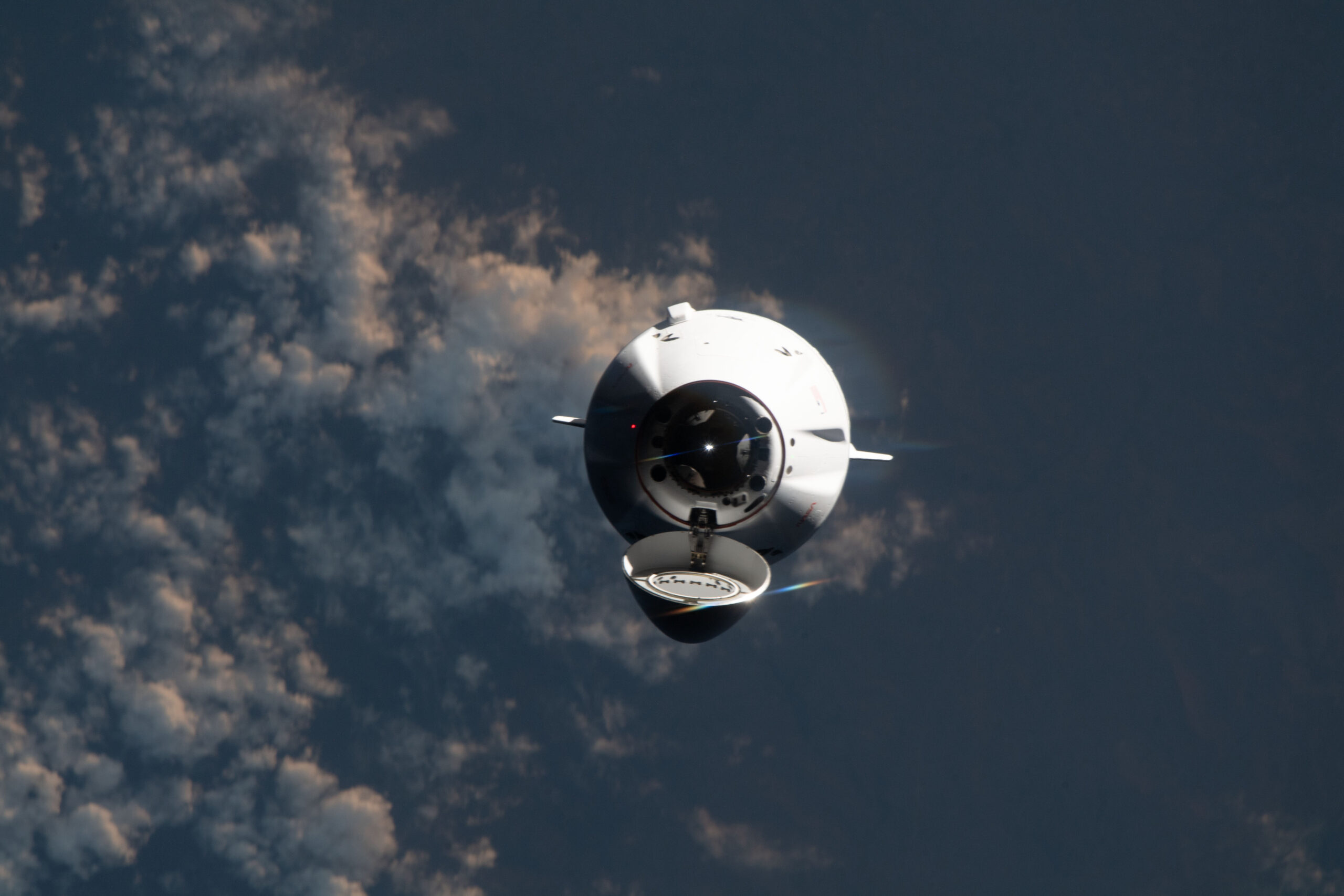
Research ran the gamut from cardiac activity and blood pressure measurements to plasma physics, from eye health to observations of accelerated aging-like symptoms in human arteries and from quantum physics research to the observation of thunderstorms and electrical discharges. A pair of Russian Progress cargo freighters arrived in December and February, with two others departing in November and last month.
And in January, Dragon Freedom ferried Ax-3 crewmen Mike Lopez-Alegria, Walter Villadei, Marcus Wandt and Alper Gezeravcı—the first national space traveler of Türkiye—to the ISS for what turned out to be an almost three-week mission emphasizing science, technology and educational outreach. With U.S., Russian, Danish, Japanese, Italian, Swedish and Turkish crewmembers (and Lopez-Alegria of Spanish heritage), the presence of the Ax-3 crew saw Expedition 70 temporarily boosted to eight nationalities.
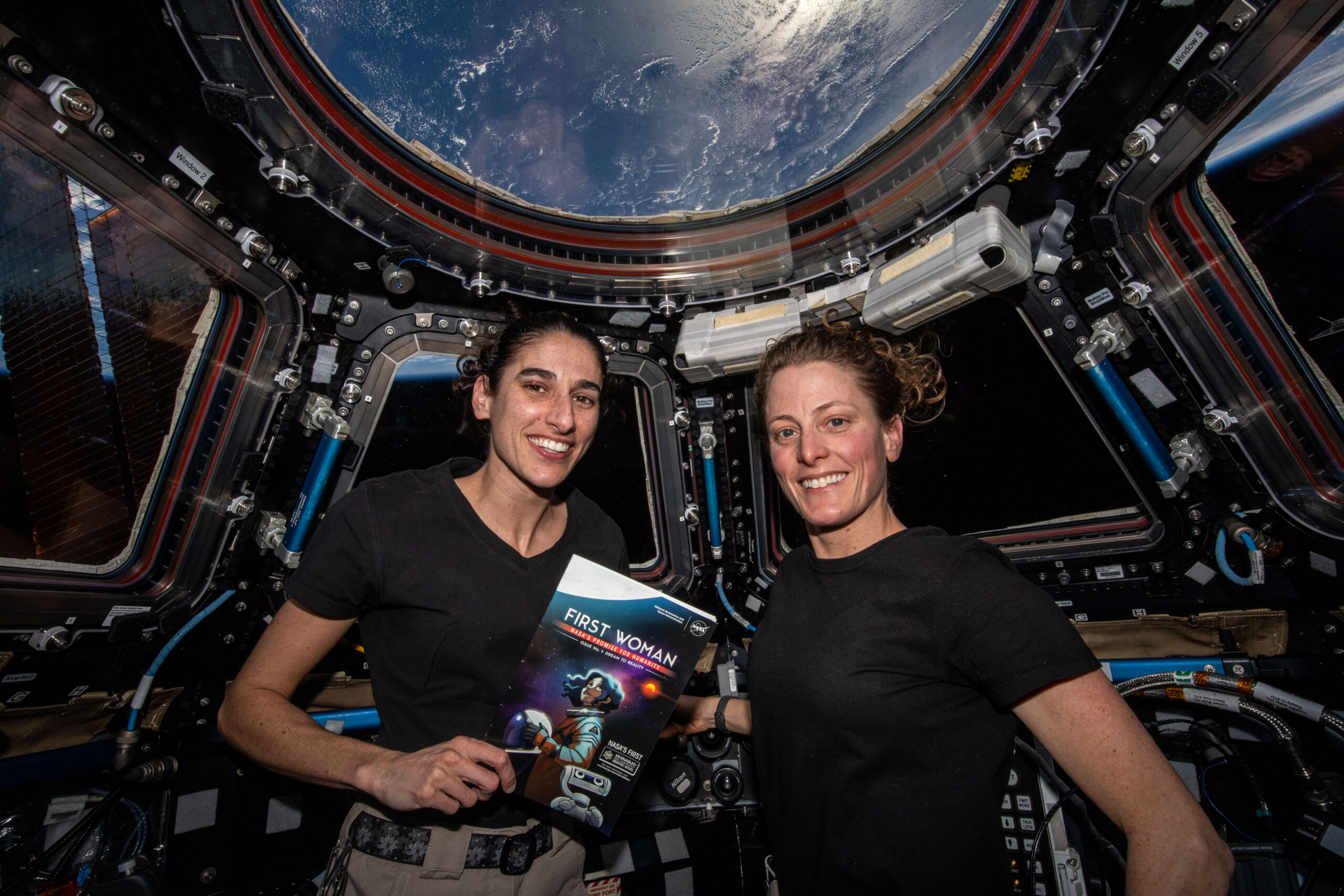
Last weekend, Dragon Endeavour roared uphill with Crew-7’s replacements, the Crew-8 quartet of NASA astronauts Matt Dominick, Mike Barratt and Jeanette Epps, plus Russian cosmonaut Aleksandr Grebenkin, who will remain aboard the space station until August. Having fallen foul to several days of weather-induced delay, the newcomers earned the unenviable moniker of “Crew-L8” and their later-than-intended arrival pushed Crew-7 ever closer to the nominal 210-day limit for a Crew Dragon to remain in space.
Last weekend, Mogensen symbolically relinquished command of Expedition 70 to Kononenko, who will remain aboard the ISS through September and will lead the transition into Expedition 71 later this month. Kononenko is one of only four people to have flown as many as five times to the station and as of Tuesday has logged over 916 cumulative days—about 2.5 years of his life—in orbit, more than any other human.
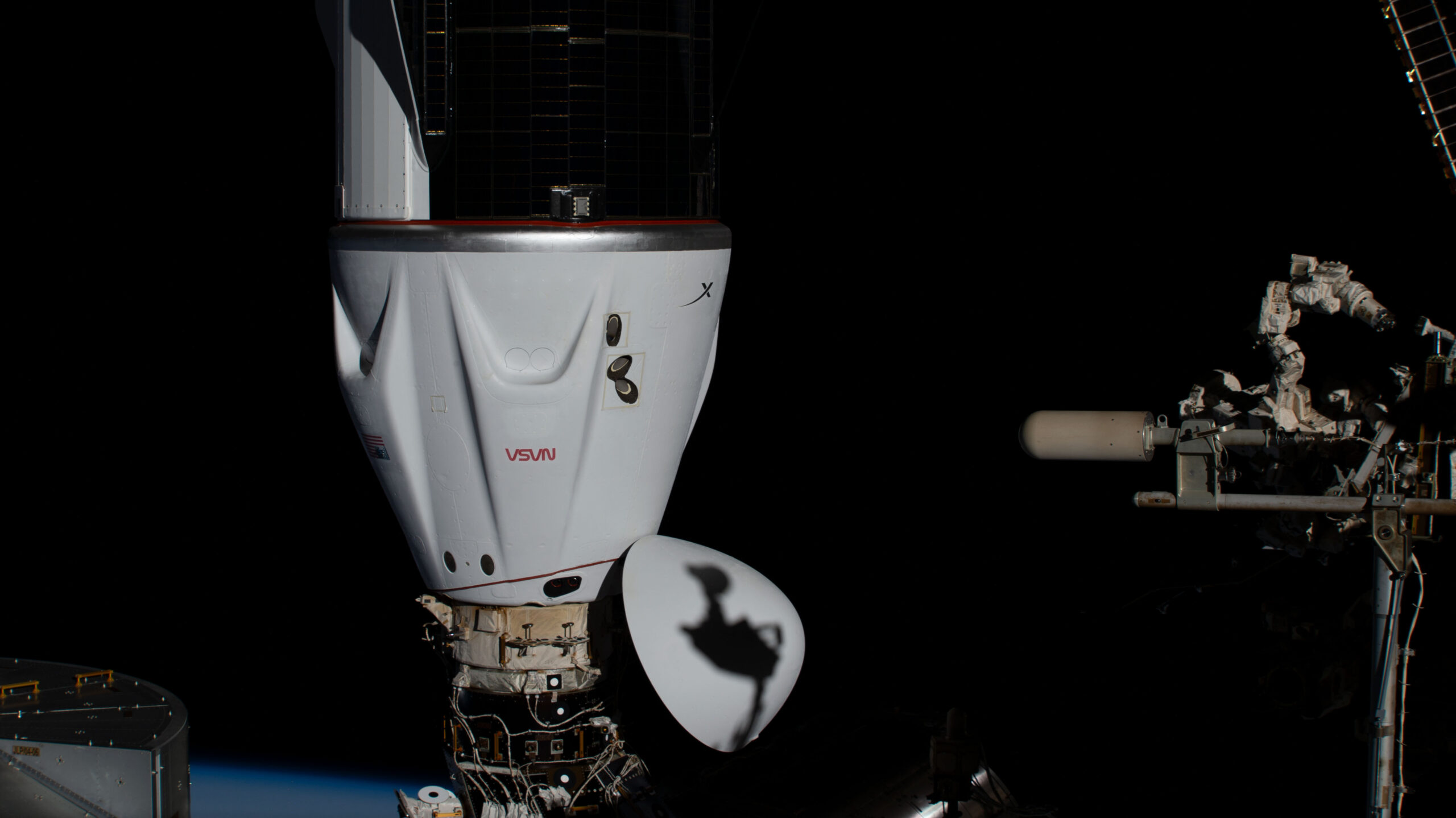
Following farewell remarks from the outgoing crew on Sunday morning, Crew-7 boarded Dragon Endurance and hatches to the station were closed for the final time at 9:15 a.m. EDT Monday. Undocking occurred two hours later at 11:20 a.m. EDT, setting Moghbeli, Mogensen, Furukawa and Borisov on course for a 19-hour period of free flight and a return to the waters off the Florida Coast in the pre-dawn darkness of Tuesday morning.
A 13-minute deorbit burn got underway at 4:56 a.m. EDT Tuesday and according to NASA the spacecraft was visible in the skies over southwestern Nebraska, central Kansas, northeastern Oklahoma, central Arkansas and Mississippi and Pensacola, Fla., before streaking out across the Gulf of Mexico. Four minutes before splashdown, Endurance’s drogue parachutes were deployed at an altitude of 18,000 feet (5,500 meters), at which point the spacecraft was still moving at a blistering 350 mph (560 km/h).
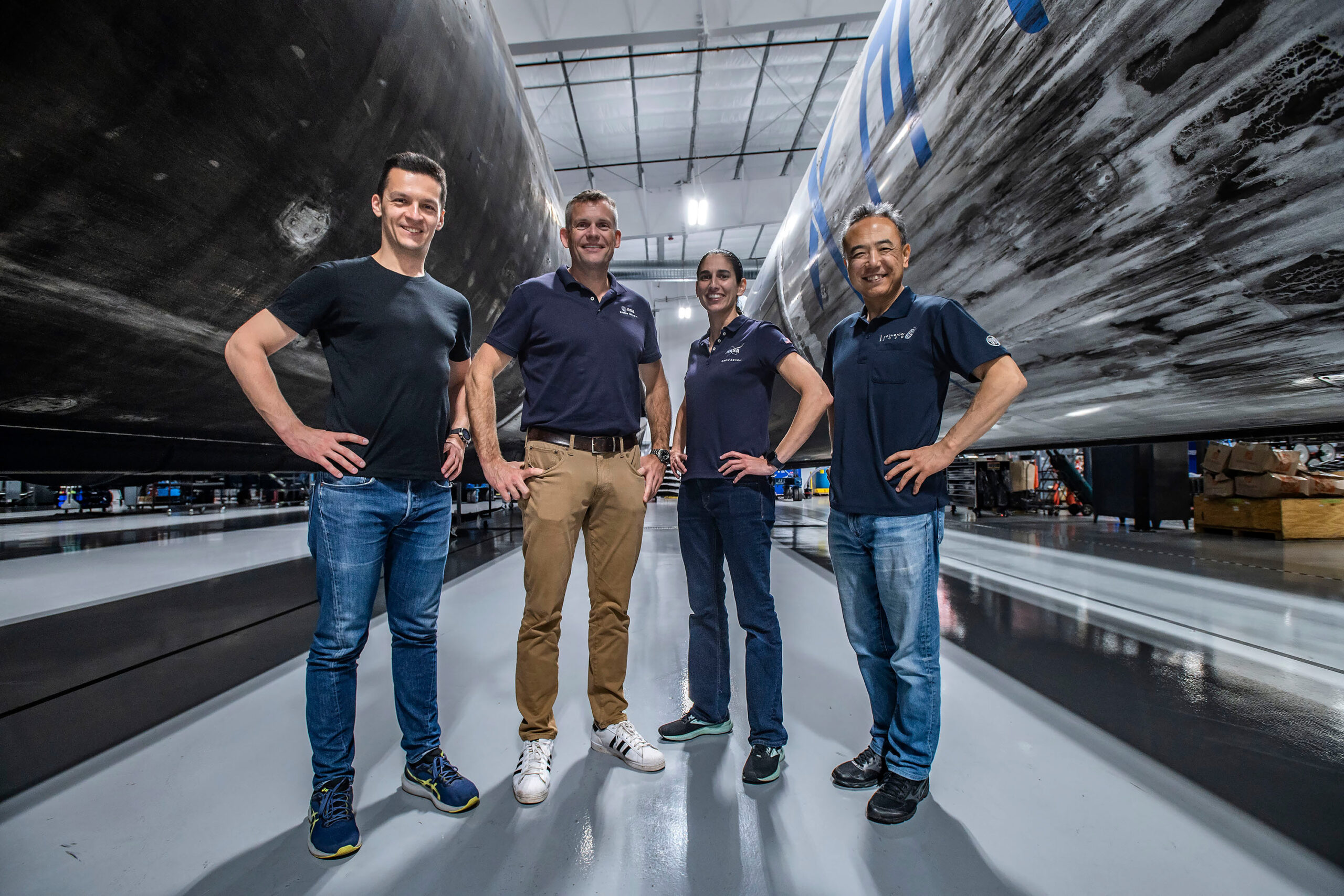
Splashdown under Endurance’s four main parachutes occurred at 5:47 a.m. EDT, bringing Moghbeli, Mogensen, Furukawa and Borisov safely home after 6.5 months in orbit. Meanwhile, in orbit Expedition 70 continues under Kononenko’s command, with a new crew—that of Soyuz MS-25, commanded by veteran Russian cosmonaut Oleg Novitsky and including NASA’s Tracy Dyson and the first citizen of Belarus to enter space, Marina Vasilevskaya—expected to arrive on 21 March.




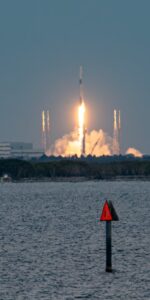
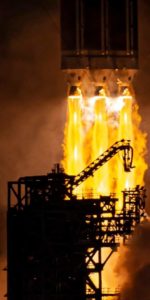
5 Comments
Leave a Reply5 Pings & Trackbacks
Pingback:CRS-30 Launches to Space Station, Following Soyuz MS-25 Pad Abort - AmericaSpace
Pingback:SpaceX Primed to Complete Friday Double-Header of Falcon 9 Missions - AmericaSpace
Pingback:With Return of O’Hara, Crewmates, Expedition 71 Officially Underway - AmericaSpace
Pingback:SpaceX Aims to Complete Weekend Triple-Header With Tonight’s Bandwagon-1 Launch - AmericaSpace
Pingback:With Return of O’Hara, Crewmates, Expedition 71 Officially Underway - SPACERFIT